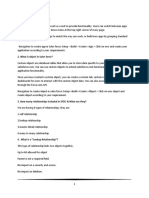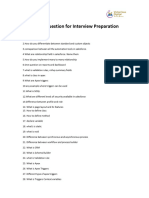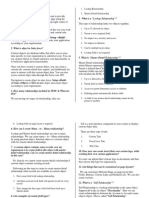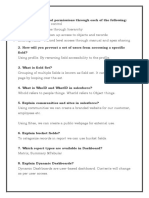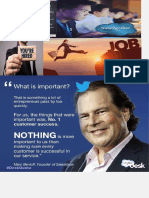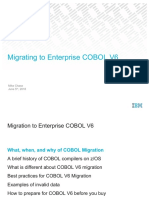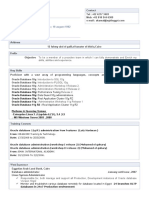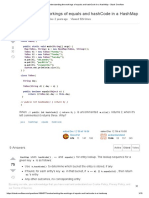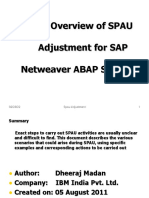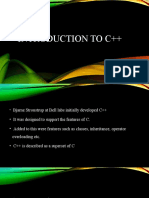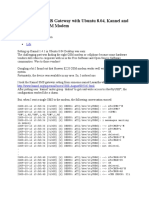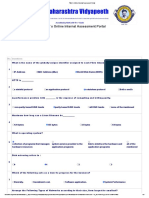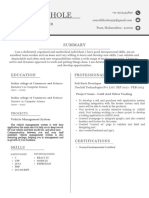0% found this document useful (0 votes)
27 views13 pagesSalesforce Interview QA
The document contains a comprehensive list of interview questions and answers related to Salesforce and cloud computing, covering both administrative and developer topics. Key areas include definitions of CRM, Salesforce, cloud service models (SaaS, PaaS, IaaS), Apex programming, triggers, and data management tools. It also discusses user permissions, object relationships, and reporting features within Salesforce.
Uploaded by
hackersai47Copyright
© © All Rights Reserved
We take content rights seriously. If you suspect this is your content, claim it here.
Available Formats
Download as DOCX, PDF, TXT or read online on Scribd
0% found this document useful (0 votes)
27 views13 pagesSalesforce Interview QA
The document contains a comprehensive list of interview questions and answers related to Salesforce and cloud computing, covering both administrative and developer topics. Key areas include definitions of CRM, Salesforce, cloud service models (SaaS, PaaS, IaaS), Apex programming, triggers, and data management tools. It also discusses user permissions, object relationships, and reporting features within Salesforce.
Uploaded by
hackersai47Copyright
© © All Rights Reserved
We take content rights seriously. If you suspect this is your content, claim it here.
Available Formats
Download as DOCX, PDF, TXT or read online on Scribd
/ 13

























